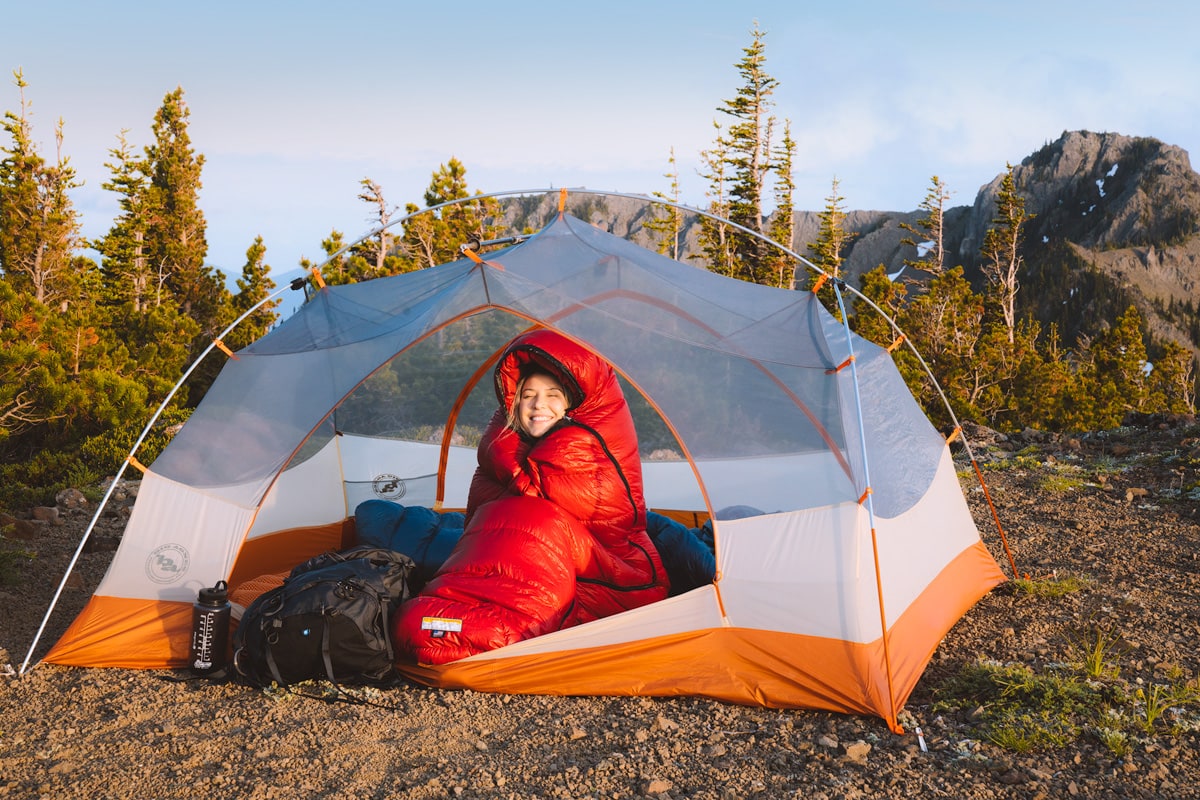nbaschedule2012now.net – Backcountry camping, also known as wild camping or dispersed camping, involves setting up camp in remote, undeveloped areas away from established campgrounds. This type of camping offers a unique opportunity to experience nature in its rawest form, but it also comes with its own set of challenges. To ensure a safe and enjoyable experience, it’s crucial to be well-prepared and knowledgeable about survival strategies.
Preparation is Key
Before heading into the backcountry, thorough preparation is essential. This includes:
- Researching the Area: Understand the terrain, weather patterns, wildlife, and any potential hazards of the area you plan to visit.
- Checking the Weather: Always check the weather forecast before and during your trip to prepare for any changes.
- Telling Someone: Inform a friend or family member about your plans, including your route and expected return time.
- Packing the Right Gear: Essential gear includes a reliable tent, sleeping bag suitable for the season, a map and compass or GPS, a first-aid kit, and a multi-tool.
Navigation and Orientation
Getting lost in the backcountry can be a life-threatening situation. To prevent this:
- Learn to Use a Map and Compass: Even if you rely on GPS, knowing how to navigate with a map and compass is crucial.
- Stay on the Trail: Especially in unfamiliar areas, sticking to marked trails can help prevent getting lost.
- Use Natural Landmarks: Familiarize yourself with using natural landmarks to navigate.
Food and Water
Proper nutrition and hydration are vital for survival. Remember to:
- Pack Enough Food: Bring high-energy, non-perishable foods that are easy to prepare.
- Treat Water: Always treat water from natural sources before drinking to avoid waterborne illnesses.
- Know Edible Plants: Familiarize yourself with edible plants in the area, but be absolutely sure of their safety before consuming.
Shelter and Warmth
Protection from the elements is critical. Tips for maintaining shelter and warmth include:
- Choose a Good Campsite: Select a level, dry spot away from potential hazards like dead trees or flash flood areas.
- Know How to Build a Fire: In case of emergency, knowing how to build a fire for warmth and cooking is essential.
- Layer Up: Dress in layers to regulate body temperature and protect against the cold.
Emergency Situations
Being prepared for emergencies can save your life. Consider the following:
- Carry a Whistle and Mirror: These can be used to signal for help.
- Know Basic First Aid: Be prepared to treat minor injuries and illnesses.
- Have a Plan: Know what to do in case of an emergency, such as getting lost, encountering dangerous wildlife, or sustaining an injury.
Respecting Nature
Lastly, respect the environment and wildlife:
- Leave No Trace: Pack out all your trash and minimize your impact on the environment.
- Stay on Trails: Avoid trampling vegetation and disturbing wildlife.
- Be Bear Aware: If you’re in bear country, know how to store food and use bear spray if necessary.
By following these survival tips, you can enhance your backcountry camping experience while ensuring your safety and the preservation of the natural environment.
